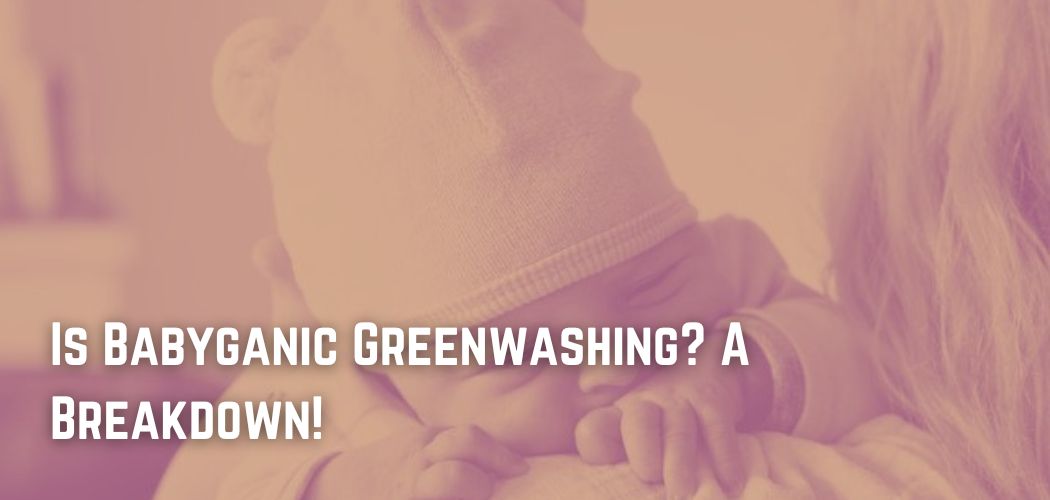If you’re a new mom (or soon-to-be mom) looking for products to use on your baby, you’ve probably heard about Babyganics.
Babyganics was formed in 2002 with the objective of removing items from the list of parental concerns.
This worthwhile endeavor is admirable! Babyganics might do a lot better, despite the fact that the bulk of conventional products use less-than-ideal ingredients.
Babyganics had humble beginnings, as is the case with a great number of remarkable little enterprises.
The company, founded in 2002, was acquired by a huge consumer conglomerate in 2016: the S.C. Johnson Corporation.
It’s difficult for us to comprehend how a firm that produces harmful cleaning products, hazardous insect repellents, and plastic wrap could suddenly have a soft spot for organic infant skincare items.
It is common for large organizations, regardless of their brand portfolio, to pursue growth by acquiring lesser brands. In these instances, however, substances frequently begin to change.
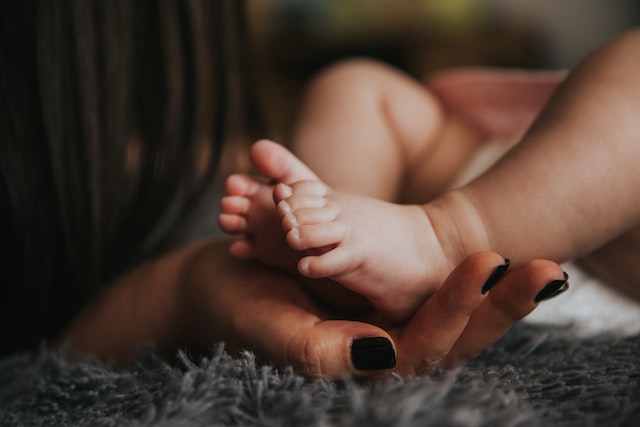
This has been the case for Tom’s of Maine (acquired by Colgate in 2006), Burt’s Bees (acquired by The Clorox Company in 2007), and Native (bought by P&G in 2017).
Typically, the adjustments involve preservatives as huge corporations obtain economies of scale by manufacturing products in large batches, which necessitates a lengthy shelf life for the end product.
Companies have a fiduciary duty to deliver shareholder value, so we do not condemn them for adopting such changes. It is simply regrettable that the majority of people are unaware of the trade-offs that could ultimately harm their health.
However, let’s dive deeper and see if their products are eco-friendly or not.
Ingredients In Fragrance
Babyganics exposes its scent constituents, which is a benefit!
As you all might know by now, fragrance is considered a labeling loophole, and corporations are not required to disclose the ingredients in the fragrant section of their products.
Babyganics is leading the way by identifying all of the fragrance chemicals in its products, which is fantastic.
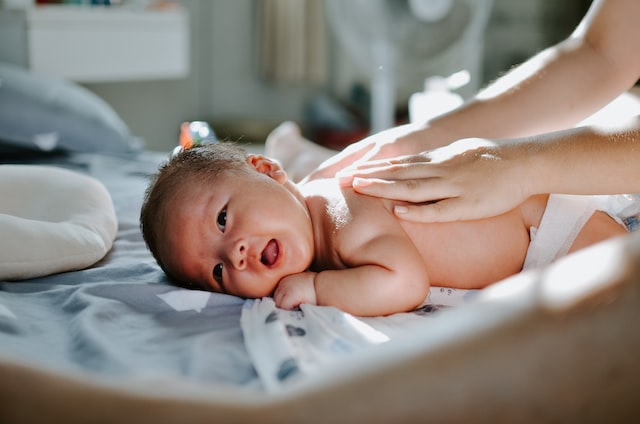
However, safety information on specific fragrance compounds is difficult to discover! Meanwhile, experts have discovered that the vast majority of odor components are carcinogenic and associated with various health risks.
Aldehyde C-14 and allyl caproate are two aroma components of Babyganics. According to the Environmental Working Group, these compounds are skin/eye/respiratory irritants and aquatic life toxins.
Toxic to aquatic life is appropriate if a product is to be rinsed down the drain, but why do we allow toxic substances in goods used on our most vulnerable population-babies?
Utilization Of Incorrect Ingredients
Babyganics products contain more than a few components that I wouldn’t want to use on my children, especially now that they are adolescents.
Rather than showing you a number of Babyganics product ingredient lists and highlighting the ingredients with which I disagree for each, I figured it would be simpler to simply highlight a few ingredients I identified in multiple products and explain why I advise avoiding them.
The following are some of the hazardous ingredients involved in the making of babyganics products.
Methylisothiazolinone
Methylisothiazolinone is a skin sensitizer, which means it can cause severe skin reactions ranging from mild dry skin and eczema to severe blistering, welting, and peeling skin.
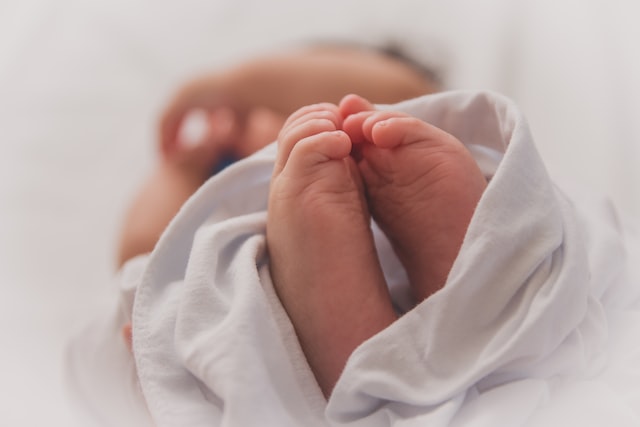
If you Google “methylisothiazolinone skin response” and then click “Images,” you’ll see a staggering number of photographs of people’s skin reactions to this chemical.
Methylisothiazolinone is believed to be neurotoxic, meaning it may be damaging to nerve cells. It’s troubling because Babyganics uses it in products that are washed down the drain and enter our water systems, such as their Foaming Dish & Bottle Soap and Laundry Detergent.
Ethylhexylglycerin
Ethylhexylglycerin is a mild preservative that is often combined with phenoxyethanol to make products last longer. EWG gives this substance a 4 out of 10 for moderate toxicity to organs that aren’t involved in reproduction, toxicity to the environment, and irritation.
Even though this ingredient is in a lot of naturally-branded products, it is known to irritate the skin and may irritate or even damage the eyes.
Phenoxyethanol
Phenoxyethanol is a preservative produced by reacting benzene (a known carcinogen) powder with ethylene oxide (also a known carcinogen).
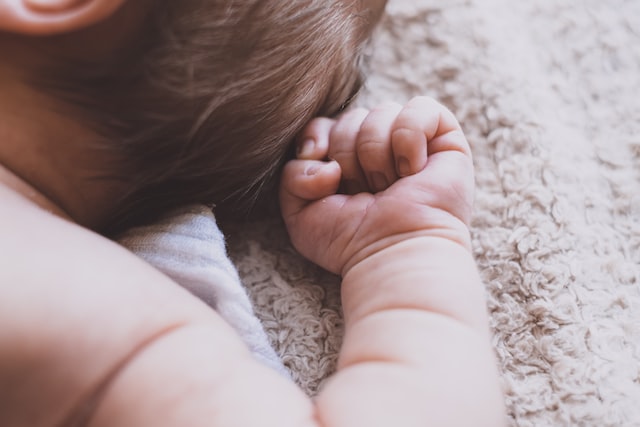
Do they truly believe it’s acceptable to utilize such a substance in baby products?
In August 2018, a top French consumer group warned parents that wipes, moisturizing creams, and diapers for babies could contain harmful ingredients. In 2012, French health officials told people not to use baby products with phenoxyethanol because it was thought to cause allergies and cancer.
Is It Sustainable?
Babyganics is a humorous combination of “baby” and “organic.” Nothing to dislike, right?
A class action lawsuit filed in 2018 against Babyganics provides the answer!
Even though the name suggests that Babyganics is made up of only organic ingredients, the list of ingredients has a lot of man-made chemicals.
According to the lawsuit, the Babyganics company is predicated on the belief that consumers will pay more for organic products because they consider them to be healthier.
According to the complaint, the Babyganics brand, an artificially concocted combination of baby and organic, was chosen intentionally to mislead consumers into believing that Babyganics differentiates itself by producing products devoid of synthetic chemical incursion or composition.
Babyganics paid $2.2 million to settle this class action lawsuit, and they had to change their packaging and ads to help customers know which ingredients are really organic. These revisions include:
- Discover on the rear panel which of our ingredients are certified organic, as stated on the front of each bottle.
- Notes denoting which components are certified organic are now included in ingredient lists.
- The ingredient list concludes with the phrase “Unless otherwise specified, a product is not classified as organic.”
However, these adjustments are insufficient. A company shouldn’t use a play on the word “organic” in its name if most of its products are not certified as organic.
Conclusion
It is simple to be duped by a company such as Babyganics. Everything from the product’s name to its packaging to its marketing may lead you to believe that it is non-toxic and organic.
As consumers, we must be proactive in our product, brand, and ingredient research. It is so simple to be duped by marketing.
Almost every Babyganics product contains questionable chemical components that are neither organic nor natural.
Other toxic ingredients we discovered in Babyganics products include unidentified fragrances, which may contain a large number of unknown chemicals, and benzalkonium chloride in their hand wipes (associated with skin allergies, immune system problems, etc.).
